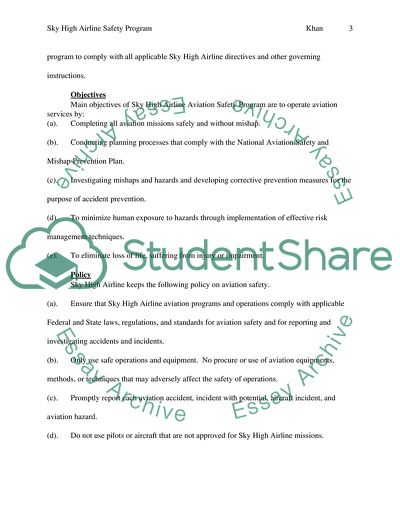Cite this document
(“Sky High Airlines Safety Program Essay Example | Topics and Well Written Essays - 3750 words - 1”, n.d.)
Sky High Airlines Safety Program Essay Example | Topics and Well Written Essays - 3750 words - 1. Retrieved from https://studentshare.org/information-technology/1710891-sky-high-airlines-safety-program
Sky High Airlines Safety Program Essay Example | Topics and Well Written Essays - 3750 words - 1. Retrieved from https://studentshare.org/information-technology/1710891-sky-high-airlines-safety-program
(Sky High Airlines Safety Program Essay Example | Topics and Well Written Essays - 3750 Words - 1)
Sky High Airlines Safety Program Essay Example | Topics and Well Written Essays - 3750 Words - 1. https://studentshare.org/information-technology/1710891-sky-high-airlines-safety-program.
Sky High Airlines Safety Program Essay Example | Topics and Well Written Essays - 3750 Words - 1. https://studentshare.org/information-technology/1710891-sky-high-airlines-safety-program.
“Sky High Airlines Safety Program Essay Example | Topics and Well Written Essays - 3750 Words - 1”, n.d. https://studentshare.org/information-technology/1710891-sky-high-airlines-safety-program.


